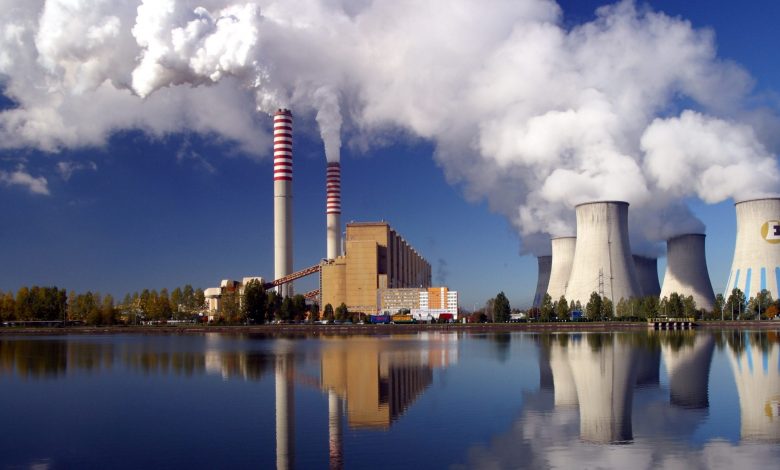
Rapid Population Growth
Fossil fuel consumption in Southeast Asia is set to surge in the coming years. Home to nearly 10 percent of the world’s population, Southeast Asia has experienced rapid growth and increased industrialization within the past decade. The region’s growing economy and rising personal incomes are influencing many aspects of the global economy and creating new challenges for energy producers. The dynamic and diverse region of Southeast Asia is experiencing a steep rise in the demand for affordable and reliable fossil fuels to support economic development. Since 2000, the overall demand for energy has surged by more than 80%, which has primarily been achieved by doubling fossil fuel usage (IEA, 2019). Moreover, the demand for coal is projected to double to nearly 400 million tons a year by 2040 (Murtaugh & Cho, 2019). Even amid the global narrative to move toward a cleaner energy future, the countries making up Southeast Asia have continued to meet their rising demand for energy with fossil fuels.

Rising Energy Demand
Over the next two decades, total energy use in Southeast Asia is expected to increase by 50%, with fossil fuels making up 60% of the new demand (Drum, 2019). The drive to achieve universal access to electricity by 2030 and the demand for new air conditioners and refrigerators have dramatically increased the need for new energy-generating facilities and have resulted in an increase in fossil fuel imports. The region as a whole is now on the precipice of becoming a net importer of fossil fuels for the first time in history, which has raised energy security concerns. While Southeast Asia currently imports about 65% of its crude oil needs, it is projected to import 80% of the oil the region will need by 2040 (IEA, 2019).

Coal Dominance
Coal has been the dominant source of power in Southeast Asia. According to a recent Wood Mackenzie study, coal usage will continue to grow and peak up through 2027 (Tan, 2019). In 2018, Southeast Asia was one of the few regions around the world where the use of coal increased as part of the overall energy mix. Even with growing pessimism about coal-generated electricity impacting climate change, air pollution, and public health, the pressures of the region’s fast-growing cities continue to require affordable energy generation that can be attained from coal. By 2040, the continued rise in the demand for coal is expected to increase carbon emissions by two-thirds, which is equal to about 2.4 gigatons of carbon dioxide (IEA, 2019). The increasing demand for coal will come primarily from Indonesia and Vietnam, which will both account for about 60% of Southeast Asia’s power demand in the future (Tan, 2019). In Indonesia, the government heavily subsidizes energy generation from coal, which makes its cost much more affordable than renewable energy.

Outlook for the Future
Rising incomes, rapid industrialization, and urbanization are increasing the demand for energy in Southeast Asia. While Indonesia has long been the world’s largest exporter of coal, a growing share of the coal mined in the region will likely start to fuel its own domestic demand for fossil fuels. In the coming years, nearly 100 gigawatts of new coal-fired powerplants are set to come online within the region (Murtaugh & Cho, 2019). Higher levels of investment are needed to ensure that the region is better able to support increasing levels of economic development with sustainable and reliable energy production.

Sources:
Drum, K. (2019). “Fossil Fuel Use in Southeast Asia Is Projected to Increase 60% By 2040.” Mother Jones.
IEA. (2019). “Southeast Asia Energy Outlook 2019.” The International Energy Agency.
Murtaugh, D., & Cho, S. (2019). “Renewable Energy Boom Can’t Dim Coal Outlook in Southeast Asia.” Bloomberg.
Tan, H. (2019). “‘Coal is still king’ in Southeast Asia even as countries work toward cleaner energy.” CNBC.



